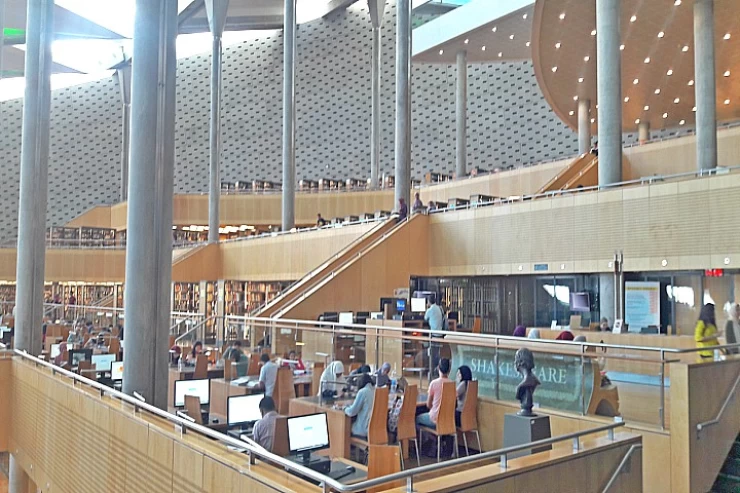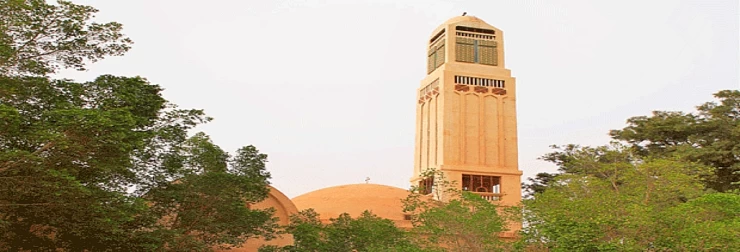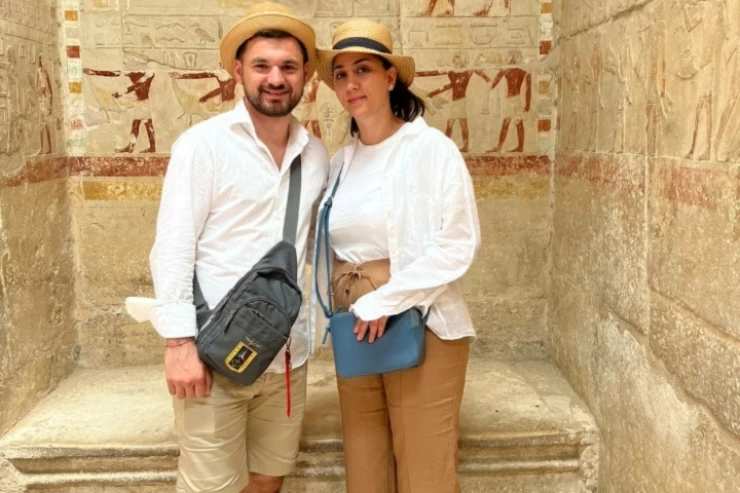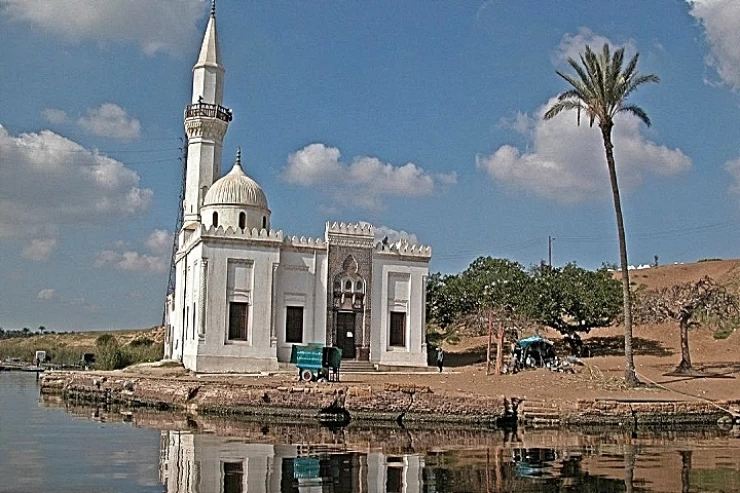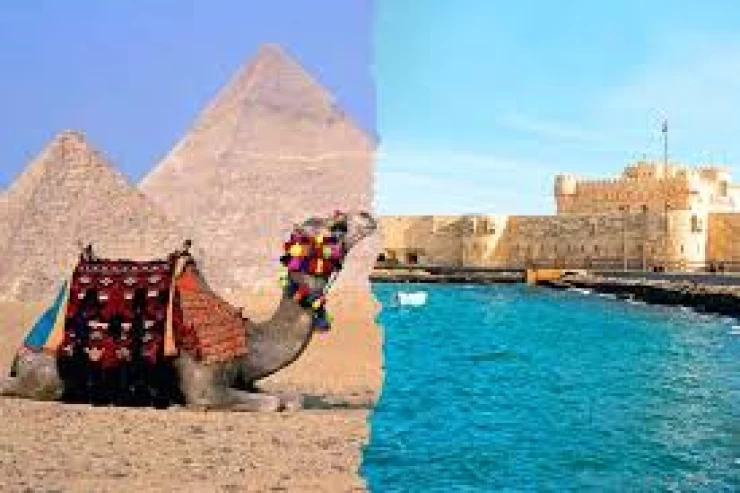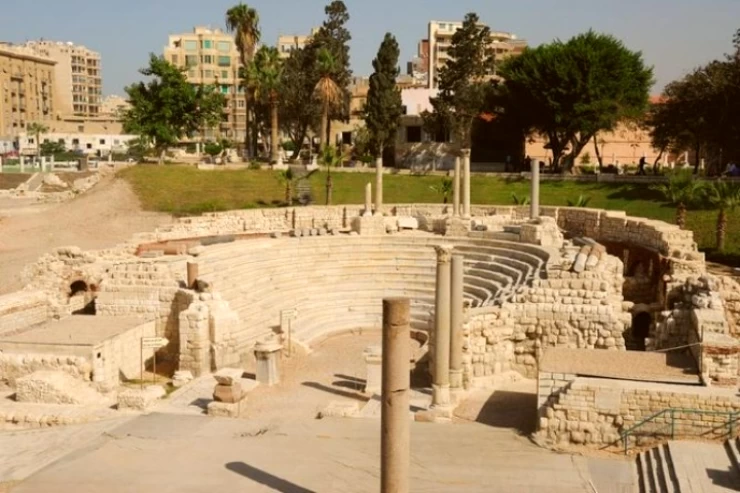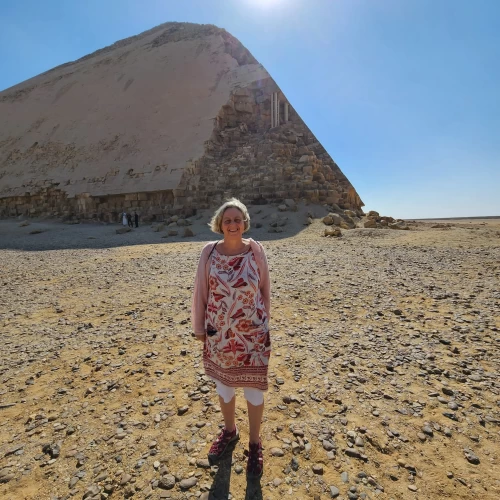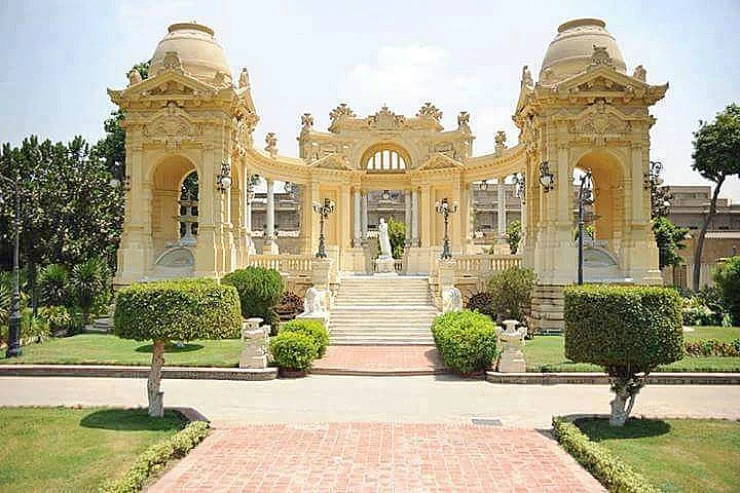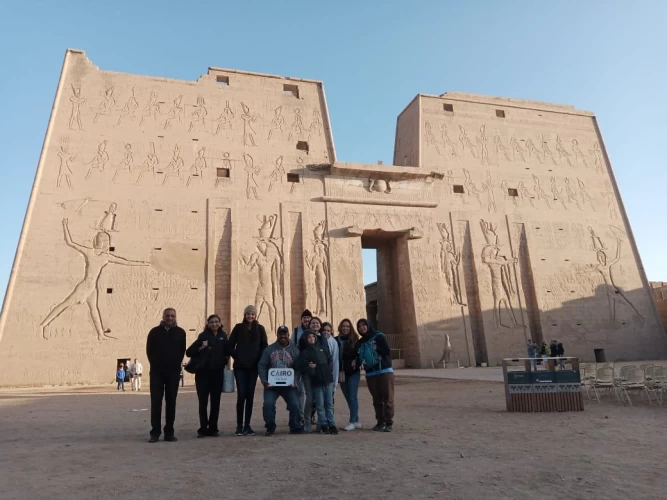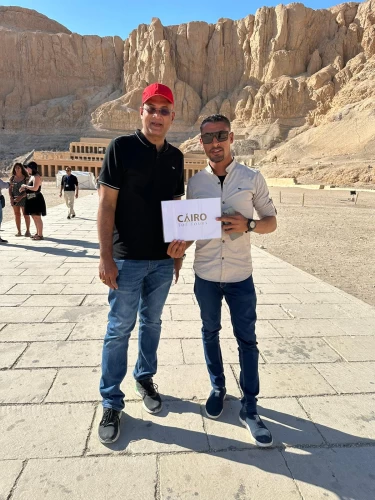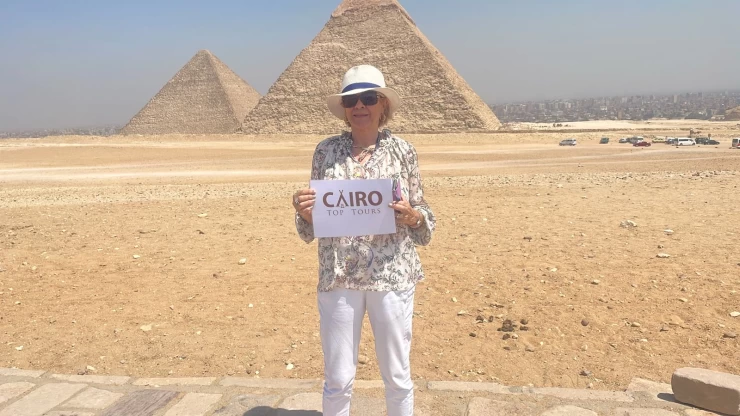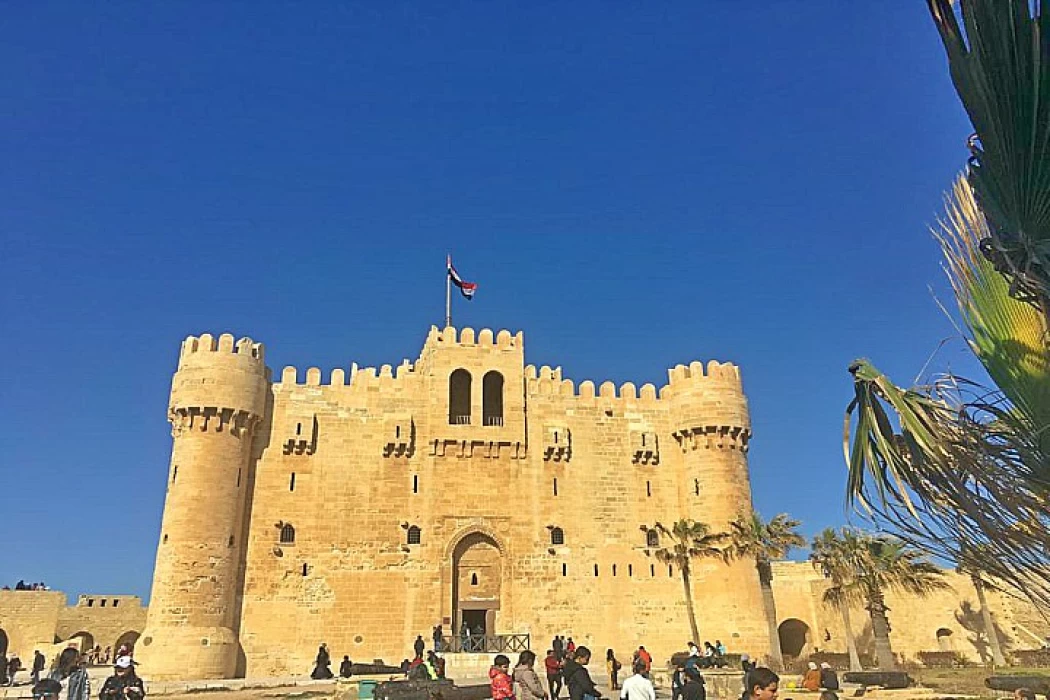
Alexandria Lighthouse Pharos | Ancient Lighthouse Alexandria
The ancient lighthouse of Alexandria
Alexander the Great founded Alexandria. A historic city, which is located in present-day Egypt. His generals then split up his dominion after his death. Egypt thus returned to Ptolemy I Soter (the savior, in Greek), who ordered the construction of a colossal building, intended to guide sailors sailing on the sea. Its construction began in 297 BC, and is completed about fifteen years later, under the reign of Ptolemy II.
The Alexandria Lighthouse, a propaganda work. But the lighthouse in Alexandria was not only built to allow sailors to locate themselves. Ptolemy 1st would have - especially - commissioned the Greek architect Sostrate of Cnide, to establish its power and grandeur, since its height is estimated at almost 130 meters. A monument of enormous size, which was added to the Pharaonic buildings already present in Alexandria, such as the Serapeum of Alexandria or the Library of Alexandria.
Why are the “lighthouses” called “lighthouses”? Because: the lighthouse of Alexandria. The latter was indeed located – when it was still standing – on the tip of the island of Pharos, the Latin Pharus. Hence its name. And since then, the word “lighthouse” has been used to refer to all buildings corresponding to this type of building.
The site of the ancient Lighthouse of Alexandria extends under the waters of the Mediterranean at the eastern tip of the peninsula of Pharos, at the foot of the medieval fort of Qaitbay which, like the Lighthouse in its time, protected the entrance to the Great Port of Alexandria.
The archaeological site covers almost 1.6 hectares (2019 data). It is composed mainly of architectural blocks and fragments and hard stone statuary (granite, quartzite, grano-diorite, greywacke, marble, limestone, etc) imported mainly from southern Egypt, as well as the sealing lead, irons and bronzes that were used in the ancient buildings that stood at this location. It is at the tip of the islet that ended the eastern part of the ancient island of Pharos that was erected the Lighthouse, symbol of Alexandria, in front of the city, on the right hand side entering the Grand Port. This site now submerged covers about 3 hectares. It has plunged under the waters of the Mediterranean with the architectural ruins that it carried due to subsidence that affects the Alexandrian coasts since antiquity.
Latest Articles
Admin
Aswan Governerate in Egypt
Aswan was known as ‘Sonu’ in ancient Egyptian times, meaning market, as it was a trading centre for caravans coming to and from Nubia. In the Ptolemaic era, it was called ‘Sin’ and the Nubians called it ‘Yaba Swan’. It was also known as the Land of Gold because it served as a great treasure or tomb for the kings of Nubia who lived there for thousands of years. Before the migration, Aswan's borders extended from Asna in the east to the border of Sudan in the south, and its inhabitants were Nubians, but after the Islamic conquest of Nubia, some Arab tribes settled there.
Admin
About Luxor Governorate in Egypt
The South Upper Egyptian area is home to the Egyptian governorate of Luxor. Its capital is Luxor, which was formerly Thebes, the capital of Egypt throughout multiple pharaonic eras. Its centers and cities are spread over both sides of the Nile River. The said governorate was established by Presidential Decree No. 378 of 2009, which was promulgated on the 9th of December of that year.
Admin
History of kafr El Sheikh Governorate
Kafr El Sheikh Governorate, located in the far north of Egypt in the Nile Delta, overlooking the Mediterranean Sea, is characterised by the diversity of natural life and environments, and is one of the Egyptian cities that can be visited after the end of the first semester exams at universities and schools, as it features many diverse tourist and recreational places at symbolic prices within everyone's reach.
Admin
Egypt's New Administrative Capital
The New Administrative Capital is considered the project of the era because it reflects a perfect image of the future and progress on the economic, cultural, social and civilisational level, as the capital is considered the new capital of Egypt at the present time. The importance of the New Capital is that it is a comprehensive transformation of the future of buildings, services and national and mega projects in Egypt.
Admin
Al Gharbia Governorate
The Governorate of Gharbia is inclusive in the geographical area of The Arab Republic of Egypt which is in the African continent, more specifically in the region surrounding the Nile delta, between Damietta and Rashid governance. To the control of the region from the north is Kafr El-Sheikh Governorate, from the south Menoufia Governorate, from the east – Dakahlia, Qalyubia Governorates, and to the west is the Beheira Governorate.
Admin
Hamata Islands (Qulaan Archipelago) in Marsa Alam
Each reserve has several sectors. In Wadi El Gemal Reserve, there is one of the natural areas called the Hamata area or Hamata sector in Wadi El Gemal Reserve. Its sectors are the perfect and most ecological, land and water, and host countless animals and plants found in the oceans and on the land.






